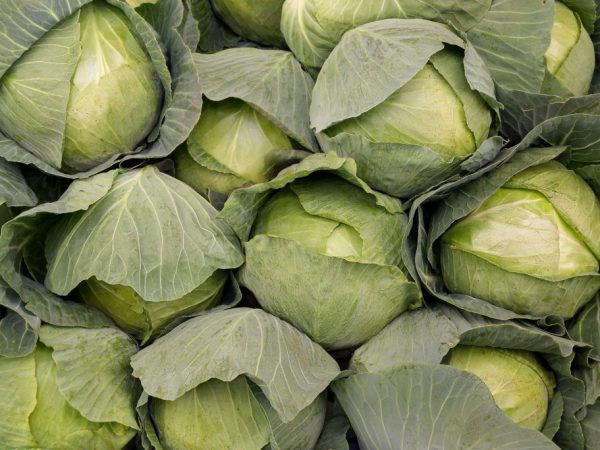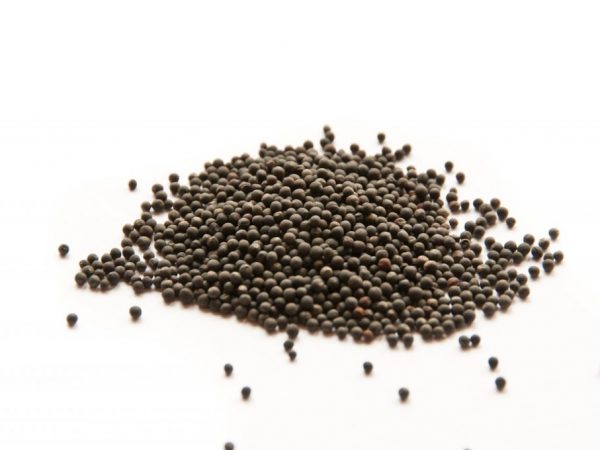Characteristics of Dutch cabbage varieties
Dutch cabbage varieties are known for their high resistance to adverse weather conditions and undemanding care. With proper seed preparation, they give a large harvest.

Characteristics of Dutch cabbage varieties
Characteristics of varieties
To grow cabbage heads of the required shape and weight, it is necessary to take into account the main characteristics of all varieties. They ripen at different times and have their own characteristics.
There are three types of Dutch cabbage:
- early maturing - Bingo, Musketeer, Python, Maradona, Resistor, etc.;
- mid-season - Krautkaiser f1, Rinda f1, Langedeiker and others;
- late ripening - Bartolo, Jubilee f1, Ammon, etc.
An early vegetable crop has delicate leaves, so it is not recommended to use them for processing. Heads of cabbage weigh from 1.5 kg to 2 kg. Ripening period 70-80 days.
Mid-season hybrids are suitable for both long-term storage and processing. Leaves are dense, and heads of cabbage weighing from 2.5 kg to 6 kg have high commercial characteristics.
Late-ripening hybrids are the tastiest, they can be stored until the next harvest. Ripening period 110-140 days. Weight from 2 to 7 kg.
Selection and preparation of seeds
Dutch cabbage seeds are stored for about 5 years. It is necessary to keep them in appropriate temperature conditions and in a room with a humidity level of 30-45%. To grow healthy, robust seedlings, you need to use seeds with the best sowing performance tested for germination.
Careful seed preparation will increase the plant's resistance to various diseases. If you use store seeds, then you need to study the pre-sowing seed preparation, which is indicated on the package. They will not need to be heated or etched; they are immediately planted in the soil.
Calibration and testing of seeds for germination
If you use seeds from the garden, then be sure to carry out the stage of preparation for sowing. To begin with, seeds are selected.
Sizing is a method of selecting large seeds with high germination and germination energy. It is recommended to choose seeds for planting about 1.5-2 mm in diameter. If there are few of them, then they are selected manually, and if there are many, on a special sieve:
- for early maturing varieties - 1.5 mm,
- for the mid-season - about 2 mm;
- for late ripening - 2 - 2.5 mm.
After selection, the seeds are soaked in a solution with salt: mix 80-100 g of table salt and 2 liters of water. Pour the seeds into a container with the mixture, you need to little by little, stirring slightly. Keep for 5-7 minutes. Floated seeds are not suitable for sowing.

Seeds need to be prepared for planting
Seeds that have settled to the bottom should be well rinsed under running water and dried. The sizing method produces strong and robust seedlings.
To test seeds for germination, use a thick cloth or piece of gauze. Place 50-100 pieces on one end. seeds. Then the fabric is moistened and the seeds are covered with the other end. Store fabric at about 25 ° C.
If after 4 days 90% of the seeds germinate, then they are benign. If the germination rate is lower, then you need to choose other seeds for growing.
Disinfection and soaking of seeds
Before planting, pre-sowing seed treatment is performed: they are placed in cheesecloth and placed in water with a temperature of about 50 ° C for 10-25 minutes. Then they are kept in cold water for about 4 minutes. Processing ends by drying the seeds on a napkin. For quick germination, the seeds are placed in the refrigerator for 11 hours.
For the prevention of diseases, seeds are etched for about 30 minutes in a 1% solution of potassium permanganate. To disinfect the seeds, special preparations are also used:
- "Vitaros";
- Fitosporin;
- "Tozonit";
- "Fitop".
The seeds are soaked in such preparations for 8 to 18 hours. Then they are washed in clean water and dried.
For rapid germination, the seeds are soaked for 12 hours in a complex fertilizer "Ideal" with a calculation of 2 tsp. substances per 2 liters of water. And they also use the best nutritional growth stimulants in the size of 4 drops per 1 glass of water:
- Ambiol;
- Novosil;
- Ecogel;
- "Immunocytophyte".
After soaking in the stimulator, the seeds are washed under running water. Before sowing, a soaking step is also carried out until it swells completely to increase cold resistance. The seeds are placed for half a day in a saucer, which is filled with water at a temperature of about 20 ° C. The water is renewed every 4 hours. When they swell, they are moved into a damp cloth and placed in the refrigerator for a day.
Sowing
The Dutch cabbage hybrid requires a lot of light for proper growth and development. To grow seedlings for a hybrid, they choose ready-made land, which they purchase in stores, or prepare it themselves.
For the soil, ground peat is mixed, adding a little lime and sod land with a little sand. Also add 1 kg of vegetable compost, 1 tsp. wood ash, 1 tsp nitrophoska. Humus is used for the nutritional value of the soil.
To get a good harvest, you need to know the timing of planting for seedlings.
| Varieties | Sowing dates |
| Early ripe | End of February - beginning of March. |
| Mid-season | Mid April, early May. |
| Late ripening | Early April. |
The growing season of early maturing varieties of Dutch cabbage is 80 - 90 days. It takes 25-40 days to grow healthy seedlings of all types of varieties.
Conclusion
For sowing seeds of Dutch selection for seedlings, small sowing boxes or containers 5-6 cm high are used. With proper calibration, soaking and sowing, the plant's yield is high. Resistance to weather changes increases due to hardening and decontamination.

